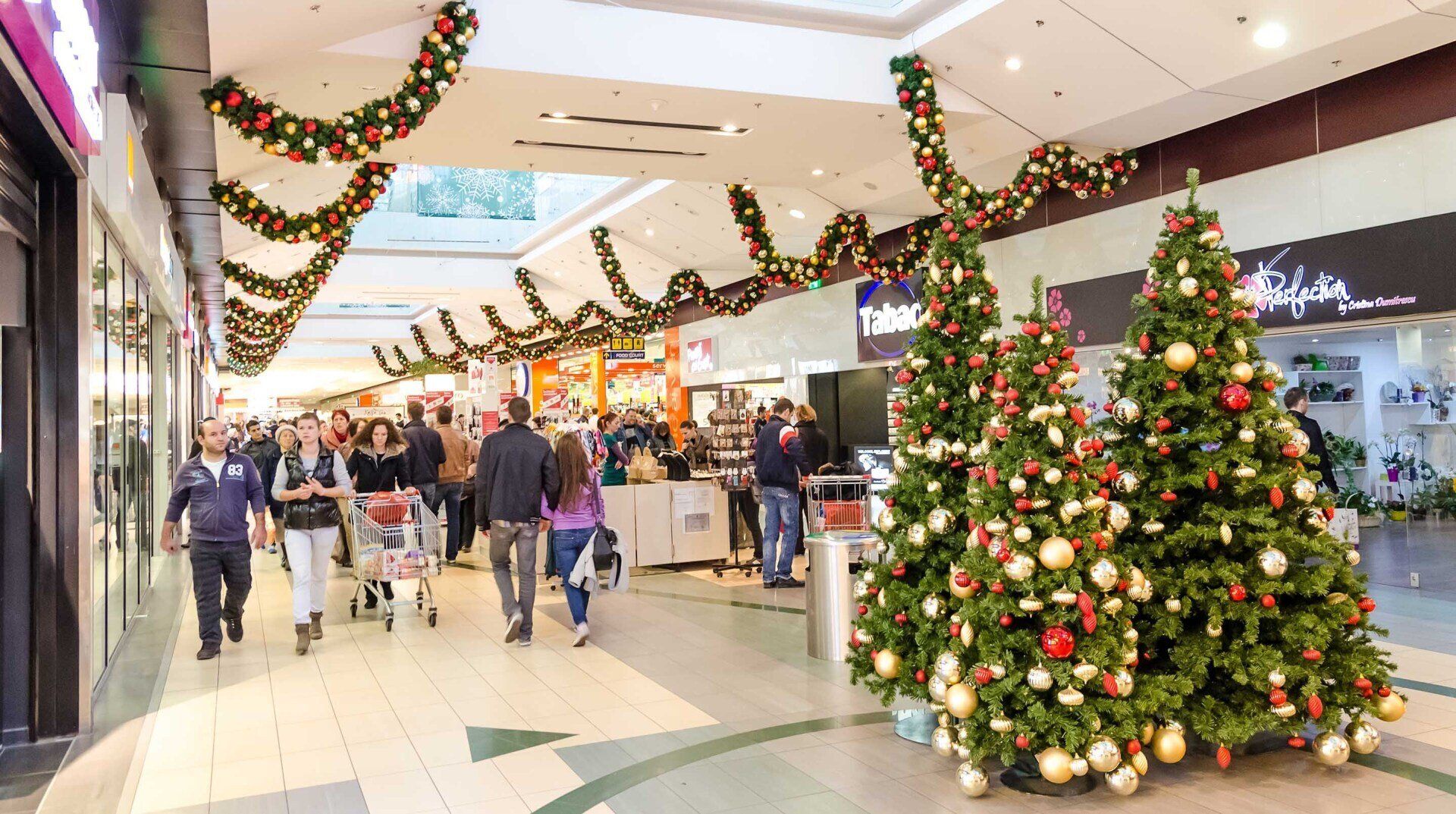4 Quick Fixes to improving indoor air quality in a Retail store, using IoT
Is your store safe for the Christmas rush? 4 Quick Fixes to improving indoor air quality in a Retail store, using IoT
As we open the first door of our advent calendars, and The Pogue’s are sounded across our radios, we descend into town to begin our Christmas Shopping spree. While the bells are ringing out for what (touch wood!) promises to be a normal Christmas Day.
However, with COVID still in the air, it is critical that customers & staff are kept safe in our retail stores this winter, because after all, who wants to spend 10 of the 12 days of Christmas in isolation?

As a result, it is more crucial than ever that a building’s BeMS (Building Energy Management) system is working effectively to promote a healthy environment, while maintaining, and improving productivity of occupancy and ensuring a safe working environment.
IoT (Internet of Things) gives buildings owners real-time data to understand the risk of virus spread in their building(s), utilising CO2, Humidity and Temperature data. Meaning preventive measures can be taken immediately, to minimise the risk of viral transmission.
Here are 4 ways that IoT technologies can be deployed in your Retail outlet, to enhance customer and staff safety, by improving the air they are breathing:
Improve indoor Air Quality using Sensors
This may sound obvious but typically we find stores are not accurately controlled when it comes to AQ. Sensors can be installed strategically around the stores, typically in the middle/where customer are. Understanding data such as CO2 levels can help make the HVAC system react to the environmental conditions & help to mitigate air stagnation.
Integrate AQ data to BMS
When a store has been upgraded to use better, more strategically placed sensors, the BMS can gain greater insight into how the store is being occupied. Integrating the data into the BMS strategy is key to making the store as efficient and as safe as possible. Knowing this, the BMS can then proactively adapt its approach, from encouraging more air changes or reducing its demand when levels are low.
Well Maintained & Controlled Plant Equipment
Having good data to efficiently control the HVAC/BMS is good, but if the assets themselves are struggling to due lack of/poor maintenance, then they will be overconsuming & underperforming. Linking the status of these assets to allow a proactive/regular maintenance regime will contribute to a reduction in energy consumed and overall better control of the environment(s).
An Adaptive Strategy
This may sound a little more complex, but the objectives are simple. Numerous points feed into the HVAC/BMS schedule. For example, opening/closing hours, staff times, seasons, events, occupancy etc. Combining all these data points into the strategy, alongside the ability for it to react live to the environmental conditions, allows the HVAC/BMS to be running only when needed and to its maximum potential.
BOOK YOUR 30-MINUTE ENERGY MANAGEMENT CONSULTATION
Fill in your details below to arrange a complimentary consultation with one of our experts. They will give you bespoke advice to help your business achieve all its energy needs, reducing cost, consumption and carbon.










